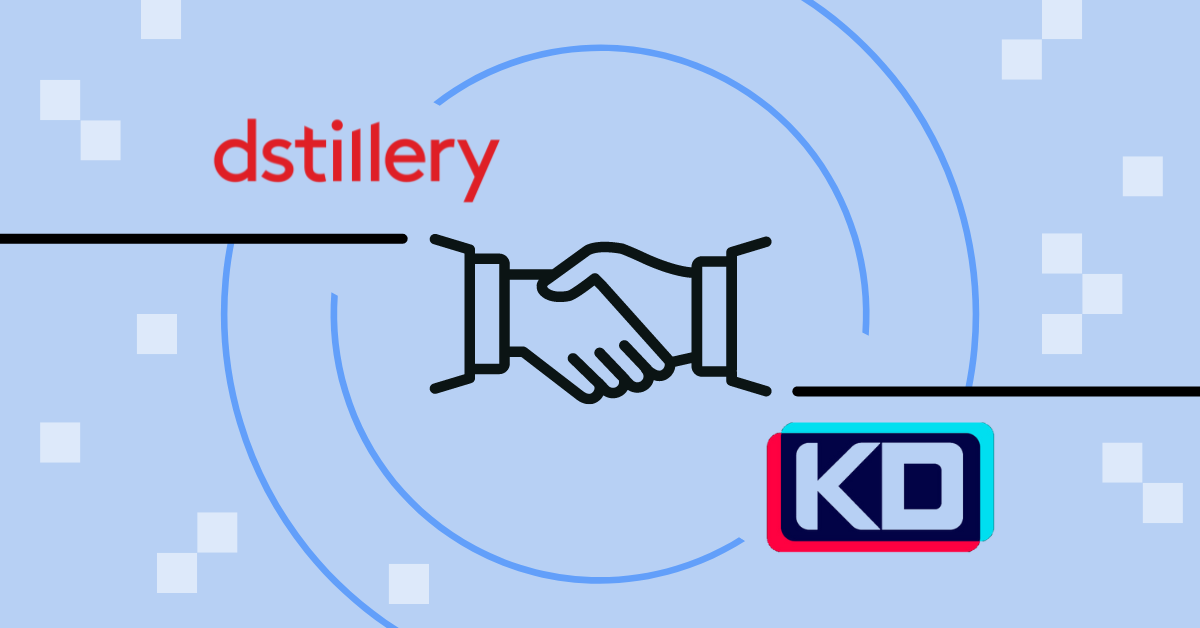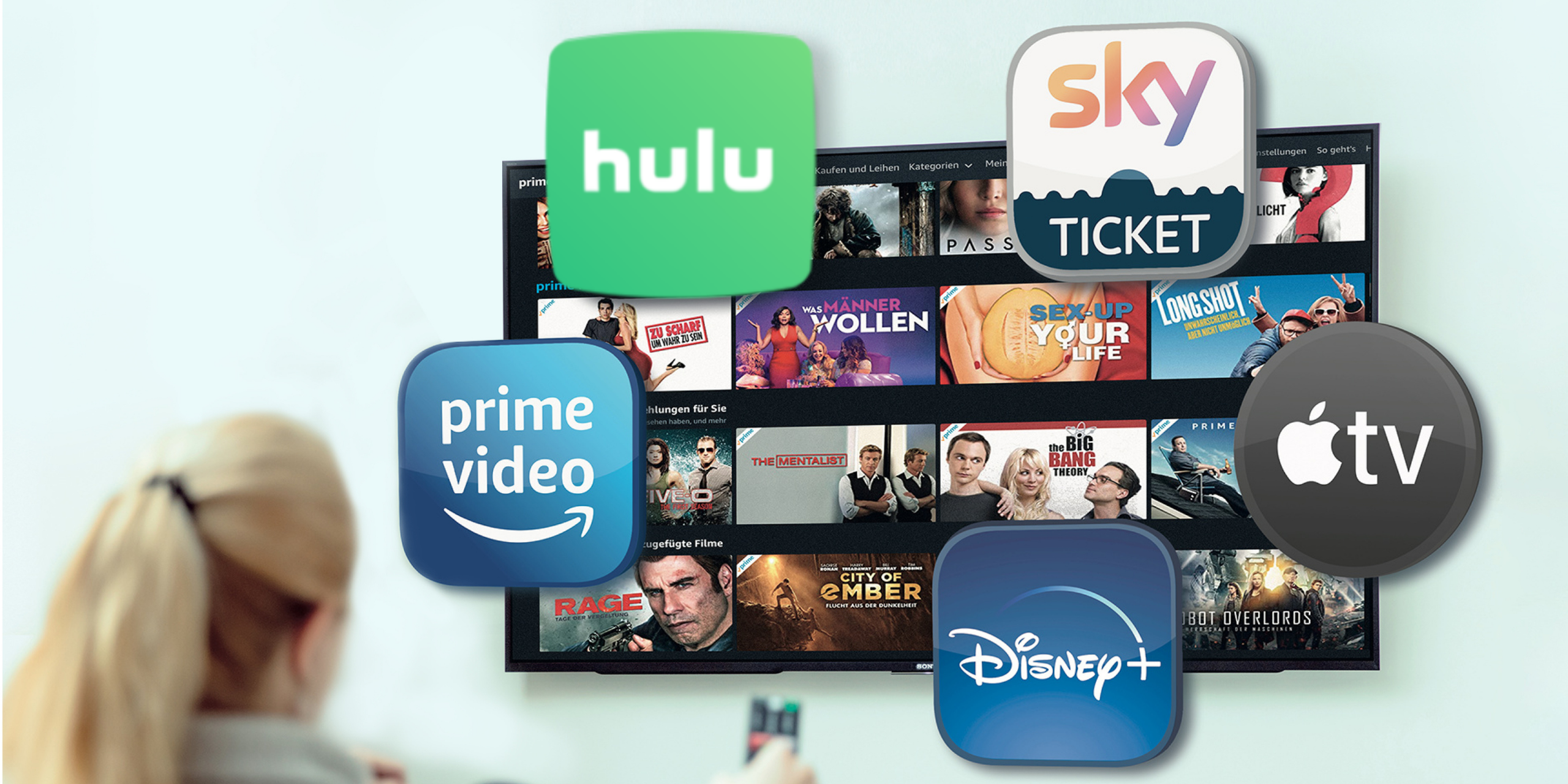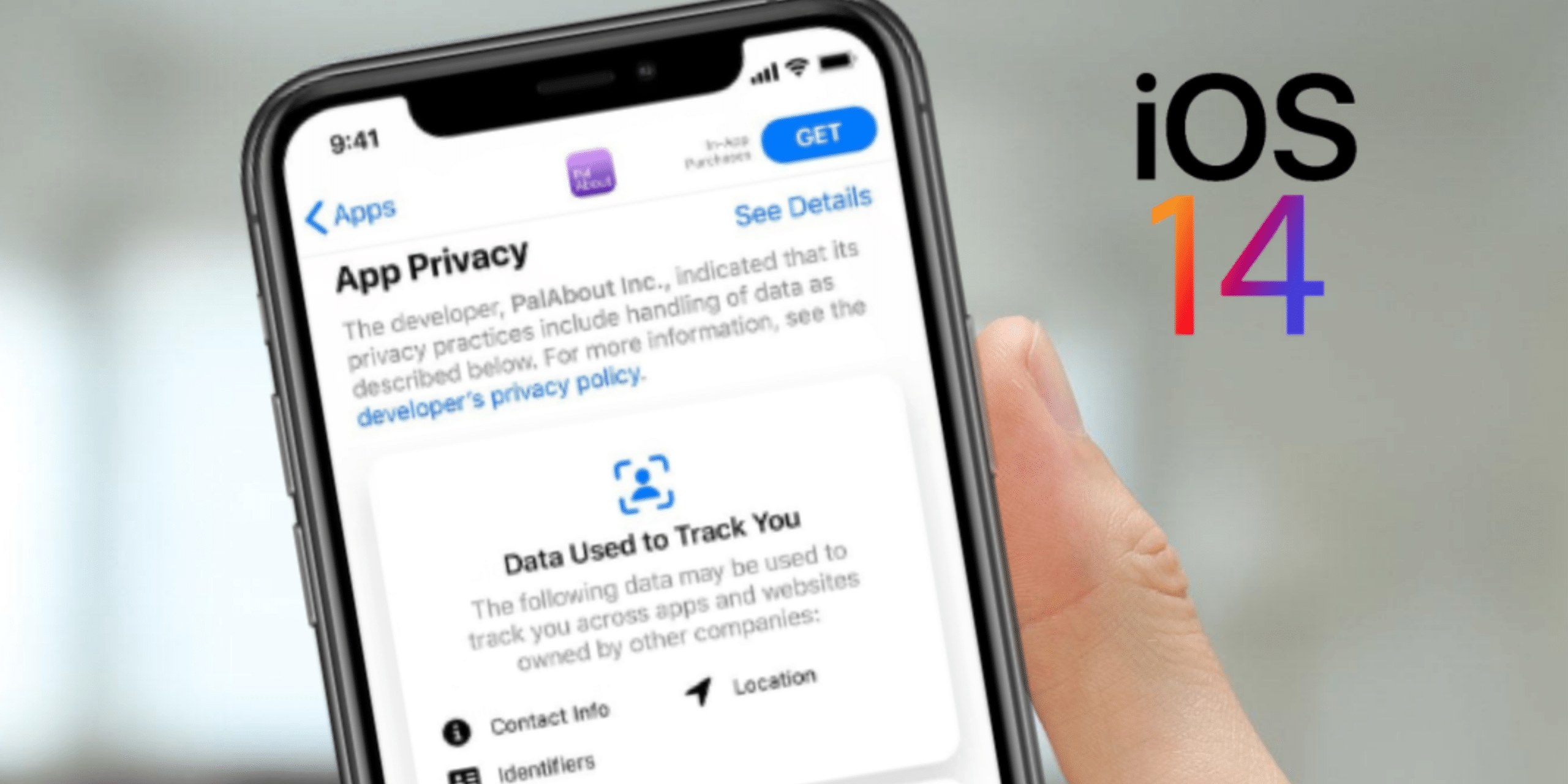Marketers should be actively seeking a partner who expresses the strongest interest in their overall success. As the programmatic industry grows, there are more and more options for providers to choose from and it can get overbearing, especially with new channels and trends also evolving rapidly. To help make this decision-making process easier, Keynes put together a guide of questions every marketer should ask when choosing a Connected TV advertising provider.
What do you consider Connected TV advertising?
First and foremost, a Connected TV commercial must be on a Full Episode Player (FEP) and it must be on a TV Network. These are the same networks you see through a traditional cable subscription. But unlike linear TV, Connected TV advertising not only allows marketers to measure which networks their TV commercial(s) are played on, but also how well their TV commercial(s) perform based on how users interact with the brand after viewing the ads. If the commercial is skippable, short-form, or user-generated content, it’s not considered Connected TV advertising or to be serving on OTT advertising inventory.
How do you approach targeting your audiences?
Many marketers still assume linear and direct Connected TV advertising buys tend to be based on the show or network a TV commercial is running on. When building audiences for a Programmatic Connected TV or OTT campaign, an audience-first approach is a must. The same type of audiences used in other digital channels like Display, Native, and Social should be able to be leveraged in Connected TV advertising. This is a key point of differentiation between Programmatic Connected TV and linear TV.
Audience targeting is not a one-size-fits-all approach. When buying programmatically, advertisers must know how their campaigns’ audiences are built. Many CTV partners work exclusively with one audience provider, out of the hundreds available, due to things such as simplicity of management, integration restrictions, or company contracts. We believe it’s best to remain data provider agnostic and allow the performance of the campaign to dictate where to allocate spend. This approach allows a much wider range of potential users to target, giving insight into what’s truly driving the best performance most efficiently for each unique brand.
Can you track cross devices?
If your provider does not track your Connected TV campaign(s) using cross device technology, this might be suitable for a branding campaign, but won’t stand as a strong performance marketing campaign.
If your provider does track with cross device partners, be sure to ask and understand how it works and who they work with. Many providers believe using a homegrown cross-device solution or simple IP matching is enough. However, the Media Rating Council (MRC) and Coalition for Innovative Media Measurement (CIMM) consider these technologies inaccurate and, at best, used for simple household targeting. True cross-device technology comes directly from the industry-accepted gold standard cross device companies, LiveRamp, Oracle, TapAd, or Adbrain, which all have a 95%+ data accuracy rate.
What goals can you track?
A question to continuously resurface is, “What outcome are we looking for in our marketing campaign?” Programmatic Connected TV advertising should be able to track everything that’s also trackable through other programmatic channels. Why settle for only looking at Video Completion Rates (VCR) when Connected TV commercials typically all have over 95%? There are many other metrics and data points that can help better speak to the performance of a Connected TV campaign.
For example, a high-funnel branding marketing campaign may be looking at a Reach goal. For a high-funnel performance-focused campaign, strategizing against a Cost-Per-Site Visit (CPV) goal may make more sense. A low-funnel, direct response-based marketing campaign may be looking at Return-On-Ad-Spend (ROAS) or Cost-Per-Acquisition (CPA).
It’s important to understand the value of looking at a variety of different goals based on the targeting of the Connected TV campaign. Connected TV advertising can be incredibly effective at driving brand-new users to the site and then encouraging these users to convert. Partner with a company that understands your unique campaign objectives and overall company goals to construct a targeting plan that makes the most sense for your brand.
What level of reporting do I have access to?
Ask questions like, “Do we have a portal to log into? Do we have network-level reporting? Can we report on industry-standard metrics?” These may sound like basic or obvious questions, but necessary to ask upfront.
Having 24/7 access to a reporting dashboard should be a requirement and transparency within that reporting is crucial. Work with a partner that doesn’t hesitate to give you the data you need in a digestible format, in order to help you make informed decisions in your marketing plans.











































